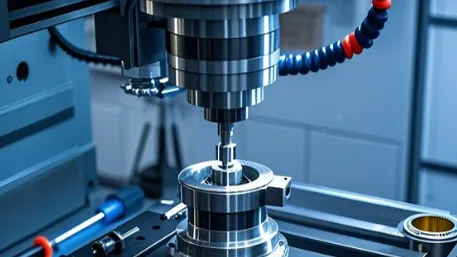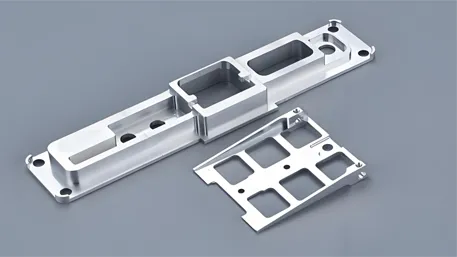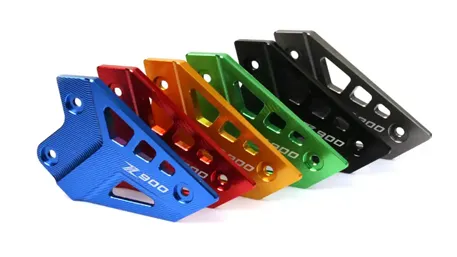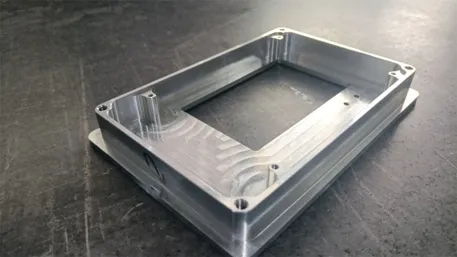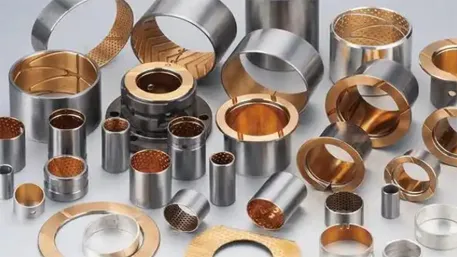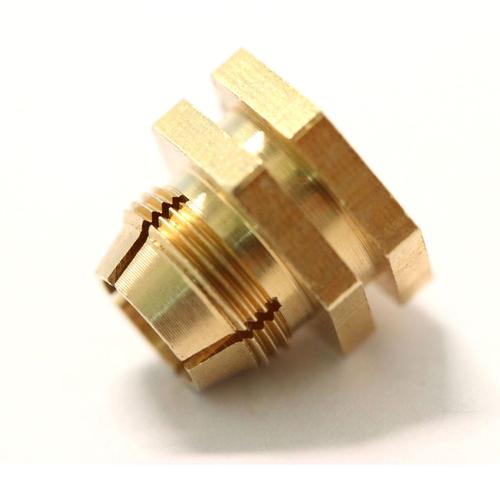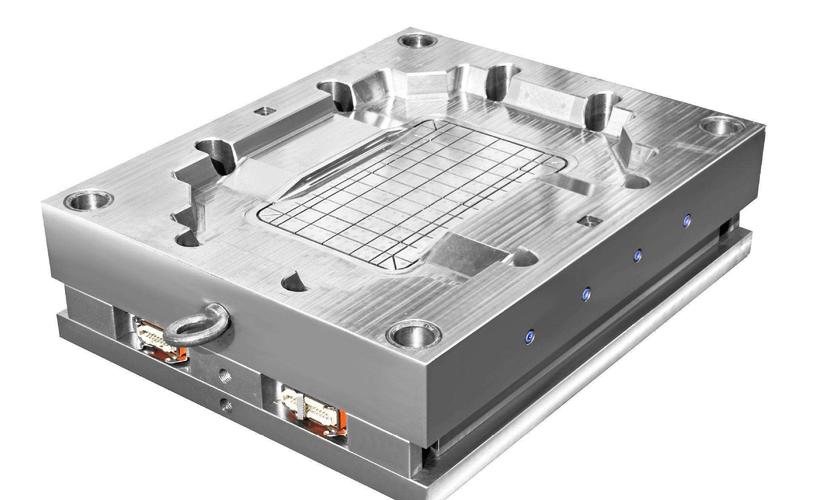
I. Core Properties and Application Advantages of Mold Materials
(A) Performance Comparison of Mainstream Mold Materials
|
Material Type
|
Hardness (HRC)
|
Temperature Resistance Range (°C)
|
Core Advantages
|
Typical Application Scenarios
|
|
Pre-hardened Steel (e.g., 718H)
|
33 – 38
|
≤500
|
Excellent machinability, good mirror polishing performance, moderate cost
|
Molds for small and medium-sized daily-use bottles
|
|
Hot Work Die Steel (e.g., H13)
|
48 – 52
|
500 – 650
|
High toughness, resistance to thermal fatigue, wear resistance
|
Molds for large thick-walled bottles and high-speed molding
|
|
Stainless Steel (e.g., S136)
|
52 – 56
|
≤400
|
Strong corrosion resistance, high polishing precision, rust prevention
|
Molds for pharmaceutical, food, and cosmetic bottles
|
|
Beryllium Copper Alloy
|
36 – 42
|
≤250
|
Excellent thermal conductivity, uniform heat dissipation
|
Molds for rapid cooling of precision thin-walled bottles
|
(B) Driving Forces of Customization Requirements
Precision and Lifespan
- The dimensional accuracy of the cavity needs to be controlled within ±0.01mm to ensure that the diameter tolerance of the bottle body is ≤±0.15mm.
- The mold lifespan is required to reach 500,000 – 1,000,000 injection cycles, and the hardness of the wear-resistant layer of key components should be ≥60HRC.
Production Efficiency
- The cooling system design should reduce the single-piece molding cycle to 8 – 15 seconds.
- The ejector mechanism requires a synchronization error of ≤0.05mm to avoid deformation of the bottle body.
Adaptation to Special Functions
- Molds for threaded bottle mouths need to achieve rotational demolding with a coaxiality error of ≤0.03mm.
- Multi-layer co-injection molds must ensure the balance of flow channels for different materials, with a filling time difference of ≤0.3 seconds.
II. Analysis of Five Core Design and Manufacturing Technologies
(A) Mold Flow Analysis and Structural Design
Technical Advantages
- Use Moldflow software to simulate melt flow, optimize the position and quantity of gates, and reduce weld lines and air traps.
- Adopt a modular design, enabling quick replacement of key components (such as cavities and cores) to shorten maintenance time.
Design Key Points
- Set the demolding draft angle of the bottle body at 1.5° – 3° to ensure smooth demolding.
- The thickness of the reinforcing ribs should be 60% – 80% of the bottle wall thickness to prevent mold deformation.
(B) Precision Machining Technologies
|
Process Type
|
Machining Precision
|
Typical Applications
|
|
High-Speed Milling (HSM)
|
±0.005mm
|
Machining of complex curved cavities and tiny structures
|
|
Electrical Discharge Machining (EDM)
|
±0.003mm
|
Machining of deep grooves, narrow slits, and textures
|
|
Five-Axis Machining
|
±0.002mm
|
Machining of molds for irregular-shaped bottles and threaded cores
|
Technical Highlights
- Mirror polishing can reach Ra≤0.05μm, meeting the surface requirements of highly transparent bottles.
- Laser texture engraving with a resolution of 1000dpi can achieve diverse surface effects such as frosted and leather patterns.
(C) Optimization of the Cooling System
Design Scheme
- The conformal cooling channels are manufactured using 3D printing technology, maintaining a distance of 5 – 8mm from the cavity.
- The mold temperature control accuracy is ±1°C, achieved through an oil temperature controller for cyclic temperature control.
Performance Improvements
- Cooling efficiency is increased by 30% – 50%, reducing the bottle body deformation rate to ≤0.2%.
- Warpage deformation is minimized, ensuring that the roundness error of the bottle mouth is ≤0.1mm.
(D) Application of Hot Runner Technology
System Advantages
- The needle valve hot runner achieves gate-free waste, increasing material utilization by over 95%.
- The temperature control accuracy is ±0.5°C, ensuring uniform melt filling in multi-cavity molds.
Key Parameters
- The diameter of the hot nozzle is 3 – 8mm, and the residual height of the gate is ≤0.1mm.
- The temperature distribution deviation of the hot runner plate is ≤2°C to prevent plastic degradation.
(E) Surface Treatment Processes
Wear-Resistant Treatment
- Apply TD coating treatment to increase the surface hardness to 2500 – 3200HV, extending the mold lifespan by 40%.
- PVD coatings (TiN, TiAlN) reduce the friction coefficient to 0.1 – 0.2, decreasing demolding resistance.
Anti-Corrosion Treatment
- The thickness of the electroless nickel-phosphorus alloy (Ni-P) plating is 0.02 – 0.05mm, passing the salt spray test for ≥1000 hours.
- Teflon coating reduces surface tension, preventing plastic melt adhesion.
III. Full-Process Customization Solutions
(A) Design and Engineering Phase
Requirement Analysis
- Collect parameters such as the size, wall thickness, production batch, and material properties of plastic bottles.
- Evaluate special requirements (such as sterile packaging and anti-counterfeiting structures).
Solution Design
- Create a 3D model to determine the mold structure and issue a DFM (Design for Manufacturability) report.
- Develop detailed solutions for the cooling, ejection, and demolding systems.
Material Selection
- Select S136 stainless steel for food-grade packaging to meet FDA certification requirements.
- Choose H13 steel and perform surface hardening treatment for mass production.
(B) Manufacturing and Quality Control
Processing Flow
- Rough machining → Heat treatment → Semi-finishing → Surface treatment → Finishing → Assembly and debugging
- Conduct 100% coordinate measuring machine (CMM) measurement for key dimensions, controlling the tolerance within ±0.008mm.
Testing System
- Physical Properties: The mold pressure-bearing test should be ≥150MPa, with no leakage under pressure holding for 5 minutes.
- Molding Verification: Produce 1000 trial moldings and ensure that the dimensional qualification rate of the bottles is ≥99.5%.
- Lifespan Test: Simulate 500,000 injection cycles, with the wear amount of key components ≤0.03mm.
Delivery Standards
- Provide mold assembly drawings, cooling channel diagrams, operation and maintenance manuals.
- Issue material certificates, test reports, and trial mold samples.
(C) After-Sales Service and Maintenance
- Technical Support: Offer remote debugging and mold maintenance training services.
- Spare Parts Supply: Establish an inventory of common spare parts and respond to replacement requests within 48 hours.
- Lifespan Extension: Regularly perform surface polishing and coating repair to extend the mold lifespan by 20% – 30%.
IV. Application Solutions for Multiple Scenarios
(A) Food and Beverage Packaging
- Molds for Mineral Water Bottles: Made of 718H steel with mirror polishing, with 64 – 96 cavities per mold.
- Molds for Carbonated Beverage Bottles: Hot runner system with H13 steel, and the draw ratio of the bottle body is controlled at 3 – 5:1.
(B) Pharmaceutical and Cosmetic Fields
- Molds for Pharmaceutical Bottles: Manufactured from S136 stainless steel, meeting GMP clean production requirements.
- Molds for Cosmetic Bottles: High-precision five-axis machining to achieve a dimensional accuracy of ±0.02mm for irregular-shaped bottle bodies.
(C) Industrial Packaging
- Molds for Motor Oil Bottles: Large H13 steel molds with a cavity depth of up to 500mm and a reinforcing rib density of 8 – 10 ribs.
- Molds for Chemical Barrels: Anti-corrosion coating treatment to adapt to long-term use in acid-base environments.
V. Technology Selection Guide
|
Requirement Type
|
Preferred Technology
|
Mold Lifespan
|
Core Indicators
|
Delivery Cycle
|
|
Small batches and multiple varieties
|
Aluminum molds + rapid prototyping
|
10,000 – 100,000 times
|
Fast delivery, low cost
|
7 days for design, 20 days for manufacturing
|
|
High-precision transparent bottles
|
Stainless steel + mirror polishing
|
500,000 – 800,000 times
|
Surface roughness Ra≤0.1μm
|
10 days for design, 35 days for manufacturing
|
|
High-speed mass production
|
Hot work die steel + hot runner
|
800,000 – 1,000,000 times
|
Molding cycle ≤10 seconds
|
15 days for design, 45 days for manufacturing
|

